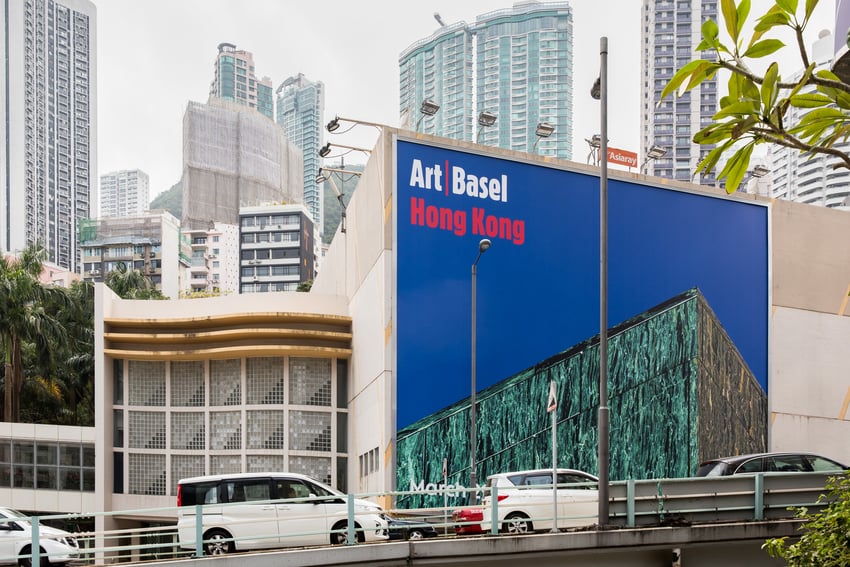Art Basel Launches Online Viewing Rooms to Help Dealers Reach Collectors Virtually After Canceling the Hong Kong Fair
The company is hoping to lure VIPs with a specially built platform.

Wondering what will happen to the art worth hundreds of millions of dollars that was slated to go on display at the now-canceled Art Basel Hong Kong?
Fair organizers have an answer.
Today, Art Basel announced that the first iteration of its new online viewing rooms will launch in March, allowing exhibitors to show works on the web that they had originally planned to bring to Hong Kong. (After weeks of uncertainty, the annual show, held at the Hong Kong Convention and Exhibition Center, was officially nixed on February 6 because of fears about the novel coronavirus.)
“While the online viewing rooms cannot replace our 2020 fair in Hong Kong, we firmly hope that it will provide a strong support to all the galleries who were affected by the cancellation of our March show,” said Adeline Ooi, the Asia director for Art Basel. “We are delighted to be able to premiere this new initiative now.”
Just as with the physical fairs, showrooms will open early only to VIP card holders from March 18 to 20, followed by several days of open access to the public, from March 20 to 25.
In the future, according to organizers, the new digital initiative will run parallel to the shows, “rather than replacing the physical experience of an art fair, and will allow gallerists to showcase additional curated exhibitions of works not presented at the fair, each listed with a price range.”
It is unclear whether the fair will charge a fee or commission, and how much, for participation in future iterations of the program. “We will be exploring the commercial dynamics of this after the Hong Kong launch; for now, all of our focus is on delivering a successful debut of the online viewing rooms,” a representative told Artnet News.
The viewing rooms will be available through the Art Basel website and the Art Basel app. Organizers said further details on participating galleries and their presentations will be announced in the coming weeks.
For now, collectors can expect to be able to browse thousands of artworks and to search by gallery, artist, and medium. They can also directly contact dealers with purchase inquiries.
In recent years, online viewing rooms have become a popular tool for dealers at the very top end of the market to offer works by blue-chip artists that might already be known quantities to their clients. Like the Basel version, most of the gallery-specific viewing rooms are active for a finite period of time in an effort to capture the relative urgency of an art fair. Last March, Gagosian sold an Albert Oehlen painting listed at $6 million—exceeding the artist’s auction record—in a dedicated viewing room. The Basel iteration might offer smaller galleries with less robust tech infrastructure and budget an opportunity to get in on the action.
“As the art market continues to evolve, Art Basel has continually investigated how new technologies can give us new opportunities to support our galleries,” Marc Spiegler, the global director of the fair, said. The new digital platform provides “a further possibility for engaging with our global audiences, complementing the essential personal interactions that continue to underlie the art market.”









